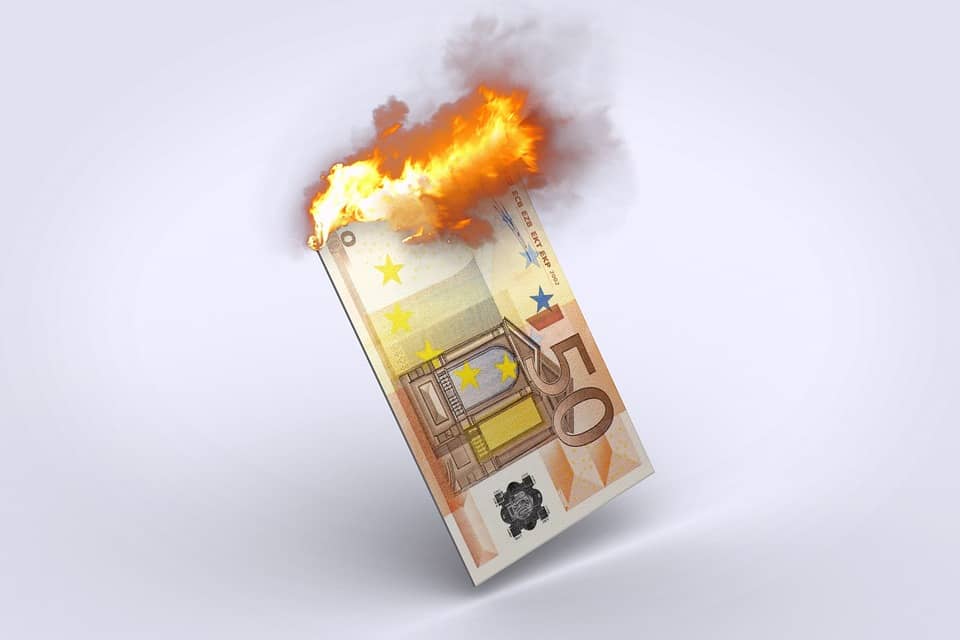The Impact of Inflation on Your Emergency Fund: Why You Need a Cushion Against Rising Prices
As the cost of living continues to rise, it’s essential to understand the impact of inflation on your emergency fund. Inflation is the rate at which prices for goods and services are increasing, and it can have a significant effect on your savings and financial stability. In this article, we’ll explore the impact of inflation on your emergency fund and why it’s crucial to have a cushion against rising prices.
What is Inflation?
Inflation is a complex economic concept that can be difficult to understand, but it’s essential to grasp the basics. In simple terms, inflation is the rate at which the general price level of goods and services in an economy is increasing. This means that as inflation rises, the purchasing power of your money decreases. For example, if you had $100 last year and inflation was 2%, the same $100 would only be able to buy 98% of what it could buy last year.
The Impact of Inflation on Your Emergency Fund
When inflation rises, it can have a significant impact on your emergency fund. Here are a few ways in which inflation can affect your savings:
- Reduced Purchasing Power: As mentioned earlier, inflation reduces the purchasing power of your money. This means that the same amount of money can buy fewer goods and services than it could in the past. If you have an emergency fund that’s not keeping pace with inflation, you may find that you’re unable to cover unexpected expenses.
- Increased Expenses: Inflation can also lead to increased expenses. For example, if you’re paying a fixed amount for a service or product, and the cost of that service or product increases due to inflation, you may find that you’re paying more for the same thing.
- Reduced Savings Rate: Inflation can also reduce your savings rate. If you’re earning a fixed interest rate on your savings, and inflation is rising, you may find that your savings are not keeping pace with the rate of inflation. This means that you may not be able to save as much as you would like.
Why You Need a Cushion Against Rising Prices
Having a cushion against rising prices is essential for maintaining financial stability. Here are a few reasons why:
- Unexpected Expenses: Unexpected expenses can arise at any time, and having a cushion against rising prices can help you cover these expenses without going into debt.
- Long-Term Savings: Having a cushion against rising prices can also help you achieve your long-term savings goals. By keeping pace with inflation, you can ensure that your savings are growing at the same rate as the cost of living.
- Financial Security: Having a cushion against rising prices can also provide financial security. By having a buffer against unexpected expenses and inflation, you can feel more confident in your ability to manage your finances.
How to Protect Your Emergency Fund from Inflation
So, how can you protect your emergency fund from inflation? Here are a few strategies to consider:
- Keep Your Emergency Fund Liquid: It’s essential to keep your emergency fund liquid, so you can access it quickly if you need to. This means keeping your emergency fund in a high-yield savings account or a money market fund.
- Inflation-Proof Your Investments: You can also inflation-proof your investments by investing in assets that historically perform well during periods of inflation, such as precious metals or real estate.
- Review and Adjust Your Budget: Finally, it’s essential to review and adjust your budget regularly to ensure that you’re keeping pace with inflation. This means regularly reviewing your expenses and adjusting your budget to reflect changes in the cost of living.
Conclusion
In conclusion, the impact of inflation on your emergency fund can be significant. By understanding the basics of inflation and taking steps to protect your emergency fund, you can maintain financial stability and achieve your long-term savings goals. Remember to keep your emergency fund liquid, inflation-proof your investments, and review and adjust your budget regularly to ensure that you’re keeping pace with inflation.
FAQs
Q: How can I tell if I’m affected by inflation?
A: You can tell if you’re affected by inflation by checking your expenses and comparing them to what they were in the past. If you find that you’re paying more for the same goods and services, you may be affected by inflation.
Q: How can I protect my emergency fund from inflation?
A: You can protect your emergency fund from inflation by keeping it liquid, inflation-proofing your investments, and regularly reviewing and adjusting your budget.
Q: How can I inflation-proof my investments?
A: You can inflation-proof your investments by investing in assets that historically perform well during periods of inflation, such as precious metals or real estate.
Q: How often should I review and adjust my budget?
A: It’s essential to review and adjust your budget regularly to ensure that you’re keeping pace with inflation. This means reviewing your expenses and adjusting your budget at least once a year.
Q: What is the average rate of inflation?
A: The average rate of inflation varies depending on the country and the time period. In the United States, the average rate of inflation over the past 10 years has been around 2%.
Q: How can I calculate my emergency fund?
A: To calculate your emergency fund, you should multiply your monthly expenses by 3-6. This will give you a rough estimate of how much you should have in your emergency fund.
Q: What happens if I don’t have an emergency fund?
A: If you don’t have an emergency fund, you may find yourself going into debt or dipping into your long-term savings when unexpected expenses arise. This can have long-term consequences for your financial stability and security.

Leave a Reply